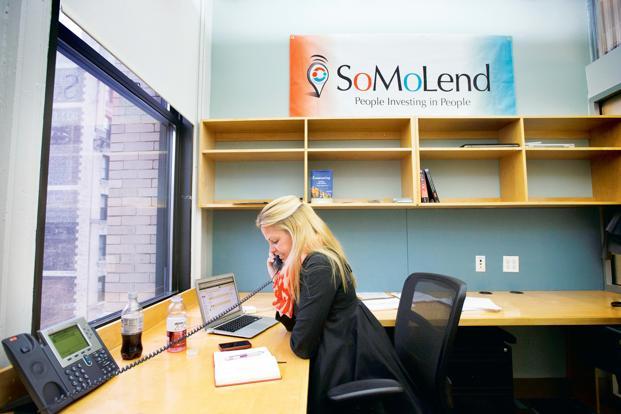By Matt Burns for Techcrunch.com
There we were, circled around a bachelor party campfire and drunk on keg beer, discussing the viability of using Kickstarter to fund a sex toy startup. My buddy Derk (he goes by Dangerous D at karaoke) had designed and handmade a compact speed controller for small vibrators (pic below). He was selling them at $75 a pop and apparently – I have yet to see or try one – they were getting rave reviews. Dangerous D’s Magic Box, he called it. Another friend and I were passionately trying to convince him to quit his job as a store manager and start a sex toy startup. We were positive, and a bit drunk, that all he needed was a successful Kickstarter campaign. The video would obviously be key.
It was then I knew that 2012 was the year of crowdfunding. It’s a household term now. This year saw the birth of the Pebble Smartwatch, iPhone-powered gTar, OUYA gaming system, and literally tens of thousands of arts, media, and design projects. And those were just on Kickstarter. Other projects turned to Indiegogo, RockThePost, and Quirky. Some startups like Lockitron even went at it alone, conducting their own crowdfunding campaign themselves.




